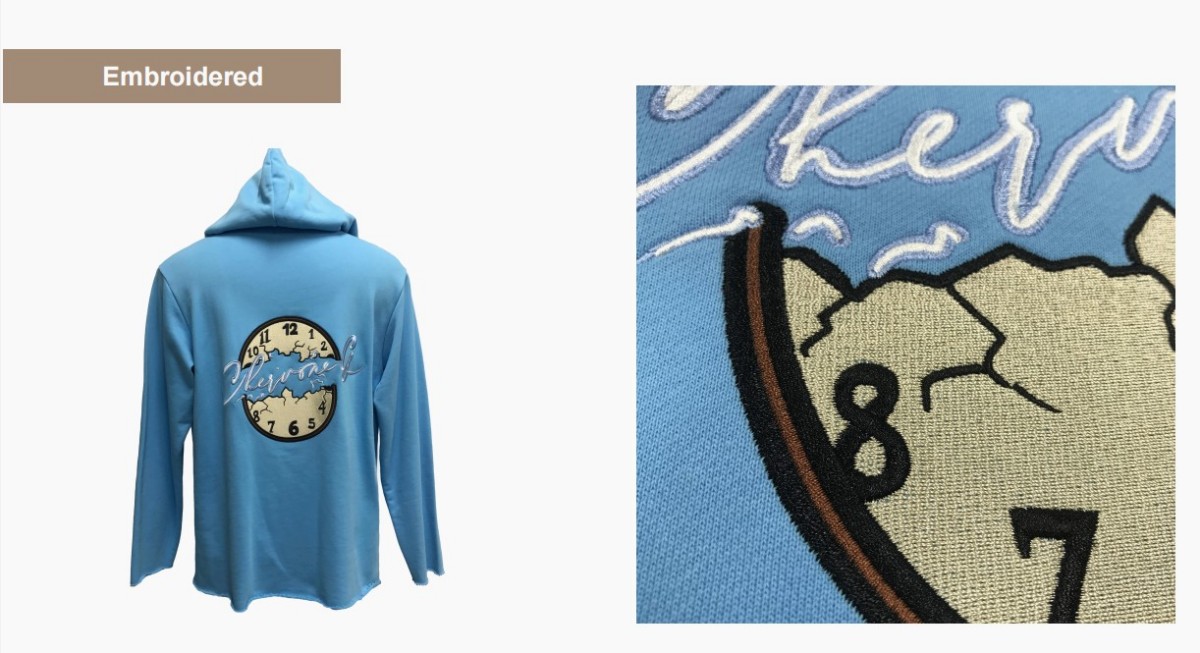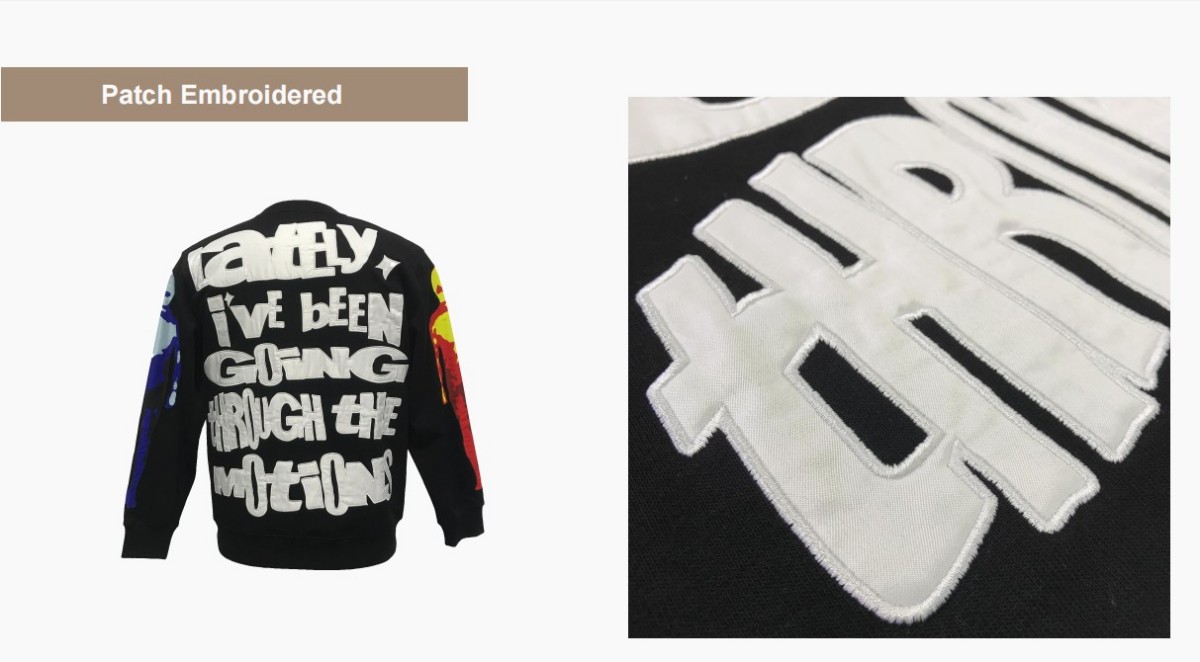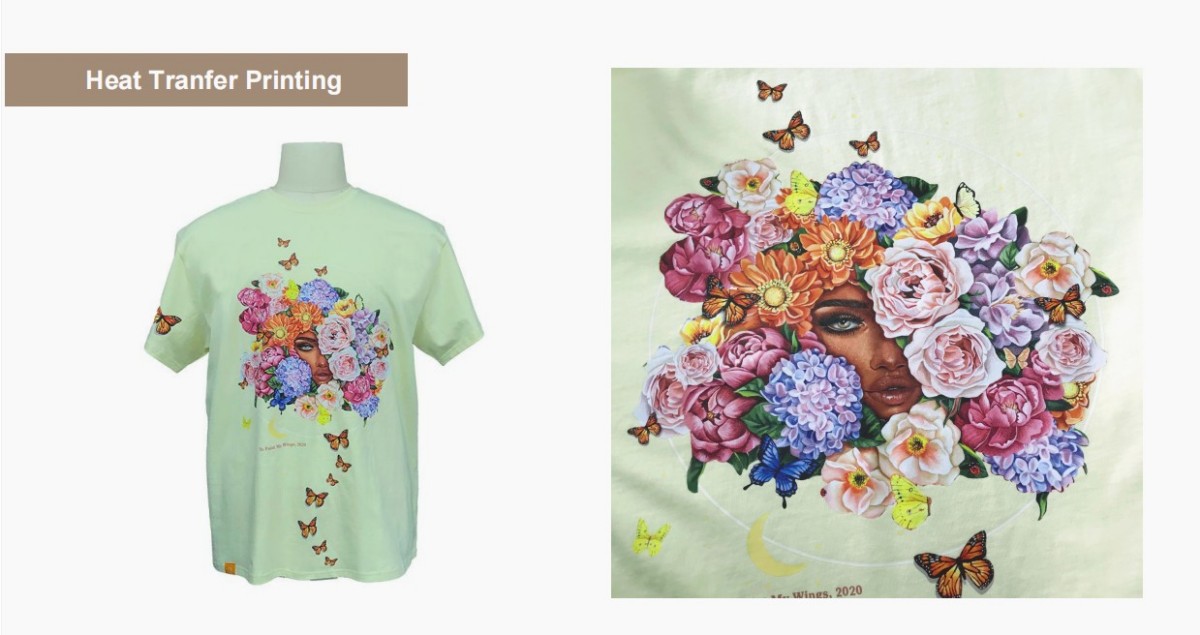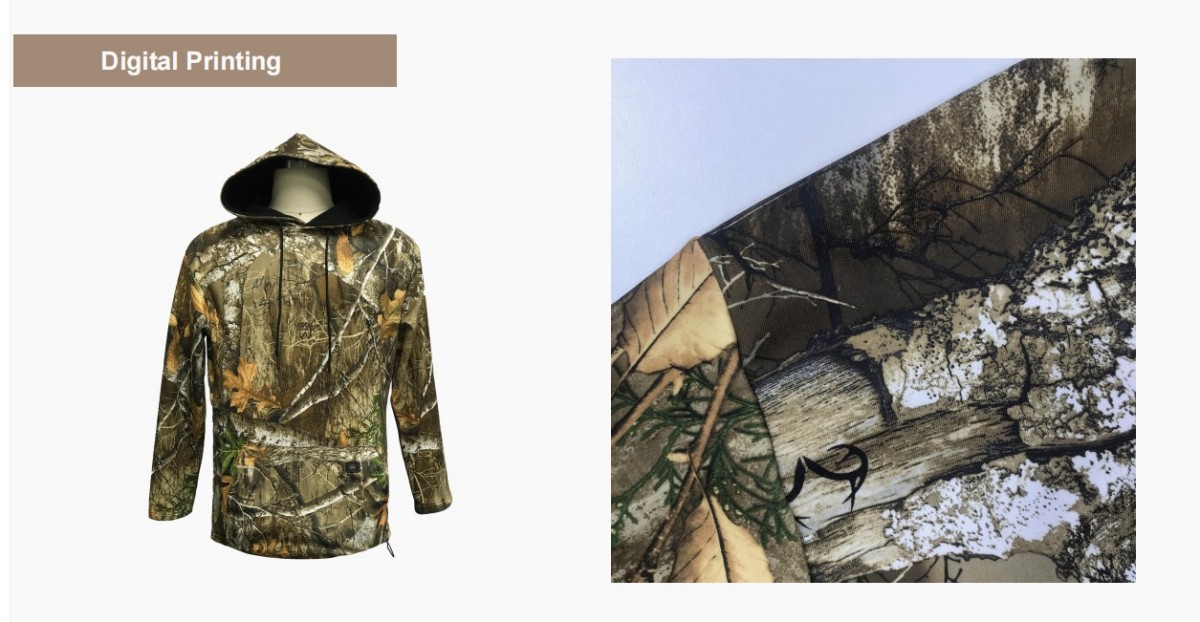In the world of fashion, the logo is not just a symbol; it has become a key component of brand identity and a crucial part of a garment’s design. Summer fashion is no exception, with many clothing brands utilizing specific techniques to display their logos in ways that are both aesthetically appealing and functional. The evolution of logo design and application in summer clothing is closely linked to advancements in fabric technology, printing techniques, and sustainability practices. In this article, we will explore the popular logo techniques used in summer clothing and the science behind them.
1. Embroidery: A Timeless Technique
Embroidery is one of the oldest and most sophisticated methods of adding logos to clothing. It involves stitching the logo design directly onto the fabric using thread. This technique is commonly used on casual summer wear such as polo shirts, baseball caps, and even swimwear. The process of embroidery is highly versatile and can be applied to both natural and synthetic fabrics, though it works best with slightly thicker materials.
Scientific Process of Embroidery: Embroidery uses specialized machines that can automatically stitch logos onto garments. The process begins with digitizing the logo design into a computer file, which tells the embroidery machine how to stitch the logo in the most efficient way. The thread used in embroidery is typically made from cotton, polyester, or a blend of both, offering durability and color vibrancy.
Embroidery is prized for its durability, as the stitched logo tends to last longer than printed designs, even after multiple washes. It also has a tactile, 3D effect that adds texture to the fabric, making it stand out visually and physically. In the summer, this technique is popular for its ability to withstand the heat and moisture of outdoor activities, especially on garments like hats and shirts.
2. Heat Transfer Printing: Precision and Versatility
Heat transfer printing is another popular method used to apply logos to summer clothing. This technique involves printing the logo design onto a special transfer paper, which is then applied to the garment using heat and pressure. Heat transfer printing is especially common in sportswear, casual wear, and promotional summer clothing. Its ability to produce sharp, vivid designs makes it a go-to method for brands that prioritize precision in their logos.
Scientific Process of Heat Transfer Printing: The process begins by designing the logo digitally and printing it onto transfer paper using sublimation or eco-solvent inks. The transfer paper is then placed on the fabric, and heat is applied using a heat press. The high temperature causes the ink to bond with the fibers of the fabric, resulting in a sharp and vibrant print. The temperature and pressure need to be carefully controlled to ensure that the transfer process doesn’t damage the fabric or distort the design.
Heat transfer printing is favored for its versatility, as it can be used on a wide range of materials, including cotton, polyester, and blends. Moreover, it allows for full-color logos and intricate designs, which is why it is often used by brands for custom summer apparel. The technology behind heat transfer printing has advanced, allowing for designs to remain intact even after numerous washes and exposure to UV rays.
3. Screen Printing: A Classic Technique with Modern Adaptations
Screen printing is a traditional and widely used method for applying logos to summer clothing. It involves creating a stencil (or screen) of the logo design, and then using this stencil to apply ink to the fabric. This technique is often used for t-shirts, tank tops, and other summer essentials. Although it is an older method, screen printing continues to be a favorite in the fashion industry due to its affordability, versatility, and ability to produce vibrant, long-lasting prints.
Scientific Process of Screen Printing: The screen printing process begins by creating a stencil of the logo design, which is typically made from a fine mesh screen coated with a light-sensitive emulsion. The screen is then exposed to light, and areas of the emulsion that are not part of the design are washed away. The remaining stencil is used to transfer ink onto the fabric. The ink is pressed through the screen using a squeegee, allowing the logo to be applied to the garment.
Screen printing is particularly popular in the summer due to its ability to produce bright, durable prints that can withstand frequent washing. It is especially useful for large, bold logos or simple text, and it works well on cotton and other lightweight fabrics commonly used in summer wear. In modern applications, advances in ink technology have made it possible to print with eco-friendly, water-based inks that are less harmful to the environment and more comfortable on the skin.
4. Sublimation Printing: A Cutting-Edge Method
Sublimation printing is a relatively new and advanced printing technique that has become increasingly popular in the world of summer fashion, particularly in sportswear and activewear. Unlike traditional printing methods, sublimation involves turning the ink into gas, which then bonds with the fibers of the fabric, creating a permanent design. The advantage of sublimation is that the design becomes a part of the fabric itself, rather than sitting on top of it like screen printing or heat transfer prints.
Scientific Process of Sublimation Printing: In sublimation printing, the logo is first designed and printed onto special sublimation paper using sublimation inks. The paper is then placed onto the fabric, and heat is applied, causing the ink to vaporize and permeate the fabric fibers. Once the fabric cools, the ink returns to a solid state, and the logo is permanently embedded into the fibers.
The primary advantage of sublimation is its ability to produce vibrant, full-color designs with no texture or raised edges. This makes it ideal for sports teams, activewear brands, and custom summer apparel, as the design will not fade, crack, or peel over time. Furthermore, sublimation works best on polyester fabrics, which are commonly used in summer clothing due to their moisture-wicking properties.
5. Sustainable Logo Techniques
As sustainability becomes a more significant concern for consumers and brands alike, eco-friendly logo techniques are gaining traction in the fashion industry. Several innovative methods are being explored to reduce the environmental impact of logo application.
Water-Based Inks: Water-based inks are a sustainable alternative to traditional plastisol inks used in screen printing. These inks are less harmful to the environment and do not release harmful chemicals during production. Many summer clothing brands are switching to water-based inks for their logos to align with eco-conscious practices.
Laser Etching: Laser etching is a method where a laser beam is used to burn the design into the fabric, creating a logo that is permanent and resistant to wear and tear. This technique is gaining popularity for its precision and the fact that it requires no ink or chemicals, making it more environmentally friendly.
Recycled Materials: Some brands are opting to use recycled fabrics or sustainable materials for their logos, ensuring that their entire garment, from the fabric to the logo, aligns with eco-conscious values.
Conclusion
Summer clothing logos have evolved significantly over the years, with advancements in printing techniques, fabric technology, and sustainability practices driving the industry forward. From traditional embroidery to cutting-edge sublimation printing, each method has its unique advantages, depending on the garment’s design, material, and intended use. As consumer preferences shift toward sustainability, we can expect to see more environmentally friendly logo techniques become commonplace in the fashion industry. Regardless of the method, logos are more than just a brand identifier—they are an integral part of the fashion experience, contributing to both the aesthetic and functional aspects of summer clothing.
Post time: Dec-07-2024










